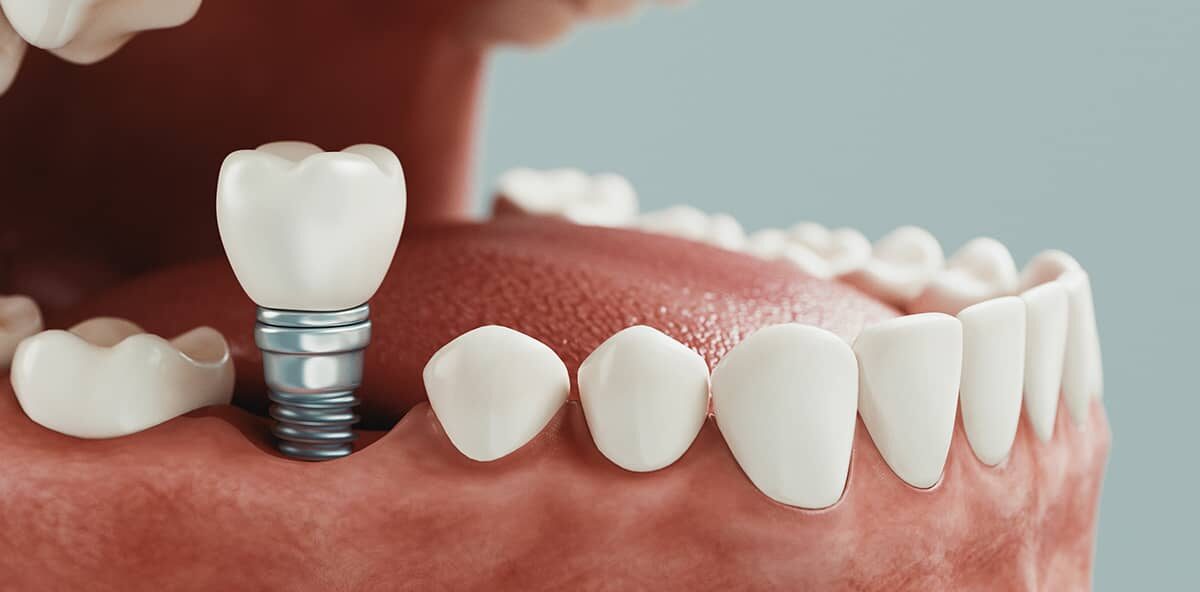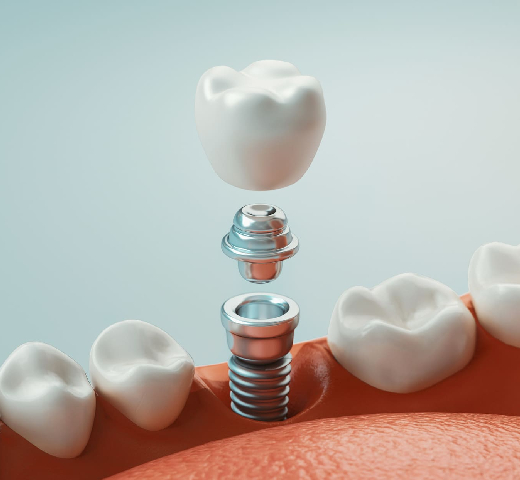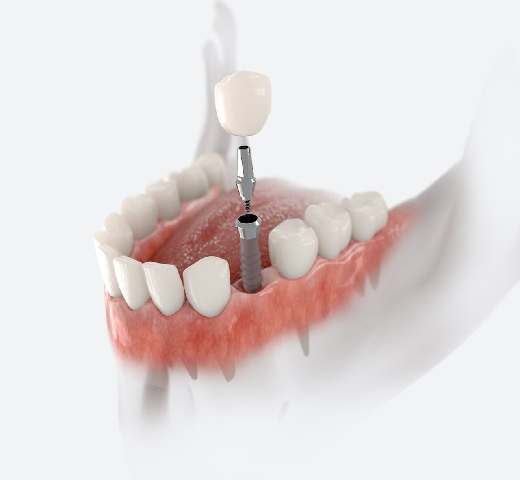
Installing new teeth without cutting the adjacent teeth, by inserting screws into the bone, refers to the dental implant procedure. This innovative technique involves the surgical placement of titanium screws (dental implants) directly into the jawbone, acting as artificial tooth roots. Over time, these implants integrate with the bone tissue in a process known as osseointegration, providing a strong and stable foundation for attaching artificial teeth or crowns. Unlike traditional bridges or dentures, dental implants do not require altering neighboring healthy teeth, preserving natural tooth structure.
This method offers a long-term solution for missing teeth, restoring both function and aesthetics with a look and feel that closely mimics natural teeth. Dental implants are celebrated for their durability, stability, and the ability to prevent bone loss, thereby maintaining facial structure integrity over time.
Installing new teeth without cutting teeth by inserting screws into the bone F&Q
Dental implants are titanium screws surgically placed into the jawbone to serve as artificial roots, providing a strong foundation for fixed (permanent) or removable replacement teeth that are made to match your natural teeth.
The implants integrate with the bone through a process called osseointegration, where the bone grows around the implant, securing it in place. Once healed, a support post (abutment) and a custom-made crown are attached to the implant.
Yes, dental implants are considered a safe and effective treatment for tooth loss, with a high success rate. They are made from biocompatible materials, which minimize the risk of rejection or allergic reaction.
Most people in good general health, with sufficient jawbone to support the implant, and healthy gums are candidates for dental implants. Smokers or those with chronic disorders like diabetes or heart disease need to be evaluated on an individual basis.
With proper care and maintenance, dental implants can last a lifetime. The crown attached to the implant may need to be replaced due to wear and tear, typically every 10 to 15 years.
Dental implants do not require cutting neighboring teeth, as traditional bridges do. They prevent bone loss, preserve facial structure, improve speech and chewing function, and offer a permanent solution that closely mimics the look and feel of natural teeth.












